Book of the Month: Mining Photography. The Ecological Footprint of Image Production
Book of the Month: Mining Photography. The Ecological Footprint of Image Production
August 16, 2022
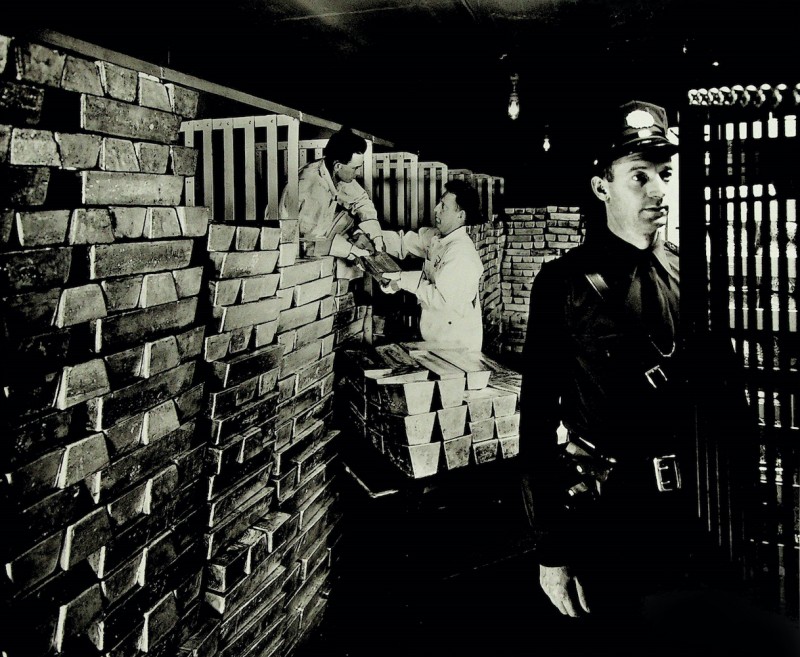
Unknown photographer. Silver bars in the Kodak vault, 1945. Kodak Historical Collection #003, Rare Books, Special Collections and Preservation, University of Rochester, N.Y.
Sometimes the motif in a historic commercial ad is enough to reveal complex correlations, as in the case of the motif of the well-stocked Kodak vault. In the mid-twentieth century, the second largest hoard of silver in the USA was located at Kodak's corporate headquarters. This is not surprising, as Kodak used an enormous amount of silver: a daily consumption of around two tons. So, it was a real “silver treasure trove” that had to be secured. At the time, the usual reserve to ensure the production of film and photographic paper had a value of 3.5 million dollars. The precious metal was the basis for photography for the longest part of its history; after all, for well over a century, the medium was nothing less than "light drawn in silver". In the mid-20th century, about 80 per cent of the silver came from the Americas: Mexico, the USA, Canada and Peru. The consequences of this mining were socio-economic and ecological upheavals. However, the serious environmental problems caused by the industrial mass medium were not only related to mining; the on-site processing at the Kodak plant, in particular, where countless chemicals polluted the environment, was equally damaging.
Ever since its invention, photography has been dependent on these complex interrelationships involving the extraction and exploitation of so-called natural raw materials: silver is just one of them. Others include copper, which was used in early daguerreotypes, fossil fuels, such as coal and bitumen, for printing processes, and rare earths for cameras and smartphones that are increasingly small. Five chapters in the book are dedicated to examining these.
In addition to the stories behind these materials, the exhibition offers plenty of illustrative and artistic visual material: starting with photographs from historical collections, it builds a stimulating connection to contemporary positions that illuminate another level of how deeply the medium is involved in changes to nature, caused by human intervention. Included are artistic positions by Ignacio Acosta, Lisa Barnard, F&D Cartier, Optics Division of the Metabolic Studio, Susanne Kriemann, Mary Mattingly, Lisa Rave, Robert Smithson, Simon Starling, James Welling and Tobias Zielony.
Even without the exhibition,with its surprising exhibits and installations, the accompanying photo book develops an exciting field of knowledge, beyond the artistic and museum items. It reveals conclusively that the evolution of photography has never been independent from the global trade in raw materials, and the consequent overexploitation of people and nature. At the same time, photography is able to show this inextricable link in a very precise manner: It documents and reflects the ruthless exploitation of the world; questions the history of colonialism and capitalism, the self-reflection of image makers, and the responsibility of consumers and users of the medium. This book is a compelling invitation to look beyond the surface of a photograph. (Ulrich Rüter)
This publication appears on the occasion of the exhibition of the same title, conceived by Boaz Levin and Esther Ruelfs. The project is a collaboration of the Hamburg Museum of Arts and Crafts with the Kunst Haus Wien and the Gewerbemuseum (Crafts), Winterthur.
Exhibitions dates:
Hamburg Museum of Arts and Crafts (Kunst & Gewerbe): until October 31, 2022
Kunst Haus Wien: March 11 to May 28, 2023
Gewerbemuseum (Crafts) Winterthur: September 22, 2023 to January 21, 2024

Unknown photographer. Silver bars in the Kodak vault, 1945. Kodak Historical Collection #003, Rare Books, Special Collections and Preservation, University of Rochester, N.Y.

Hermann Biow (1800-1850), Alexander von Humboldt, daguerreotype. Hamburg Museum of Arts and Crafts
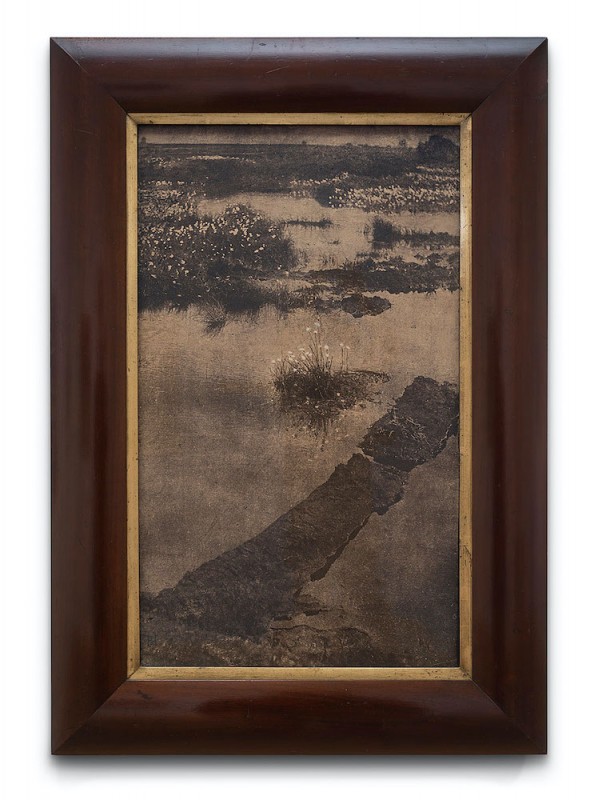
Theodor and Oskar Hofmeister, Moor blossoms (in the original frame), rubber print. Juhl Collection, Hamburg Museum of Arts and Crafts
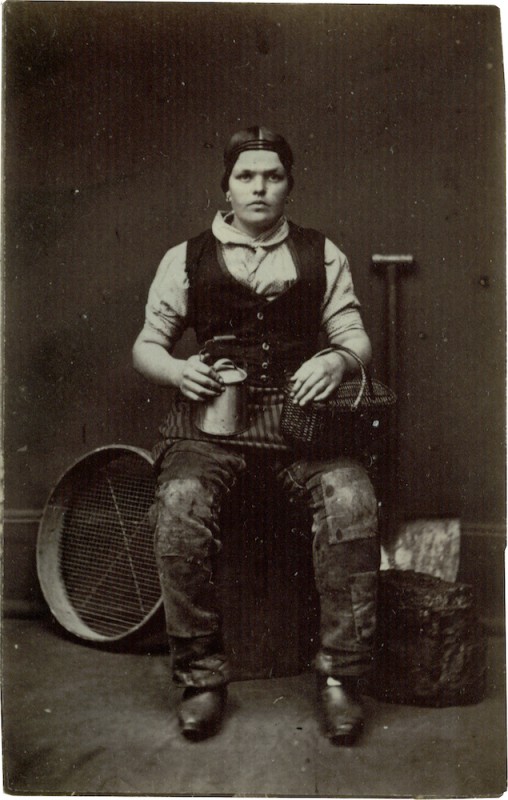
John Cooper, Coal worker, 1860s. Carte-de-visite, Trinity College, Cambridge
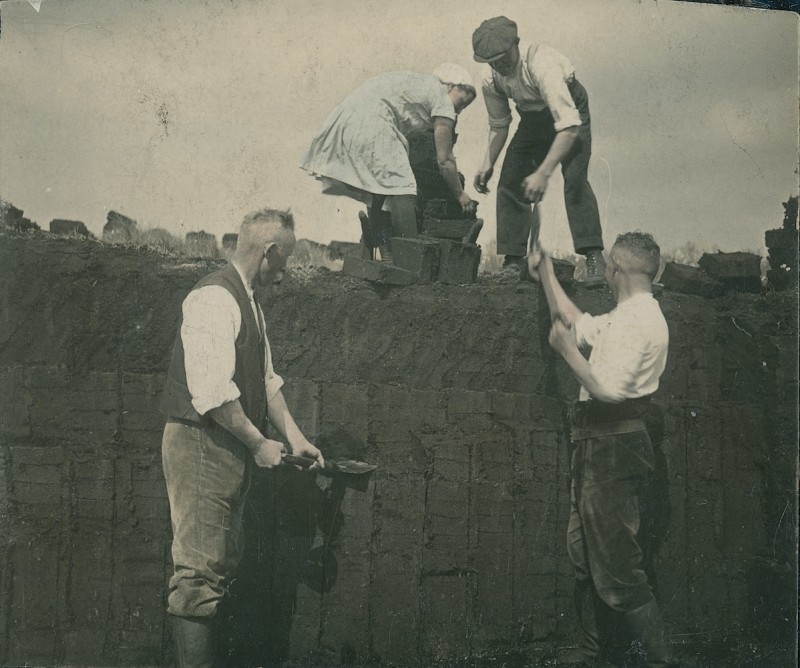
Jürgen Friedrich Mahrt (1882-1940), Peat cutting in the Hartshoper Moor, around 1930. Mahrt/Storm Collection, Rendsburg/Berlin
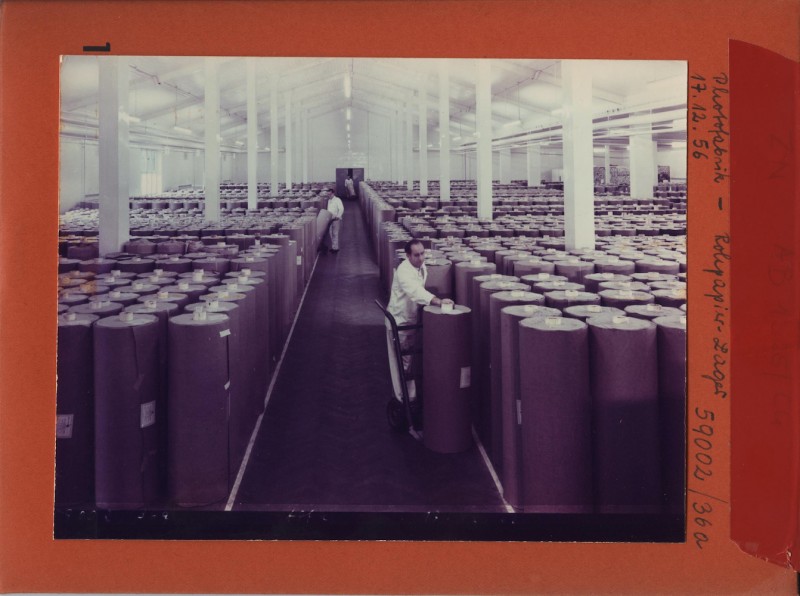
Unknown photographer, AGFA AG raw paper warehouse, Leverkusen 1956. Agfa Collection, © Museum Ludwig, Cologne
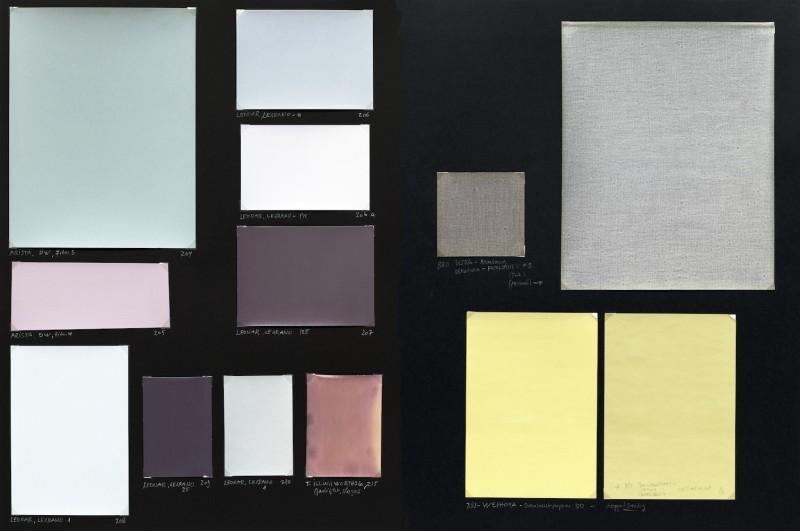
F&D Cartier, Wait and See, 1998-today, exposure samples. © F&D Cartier
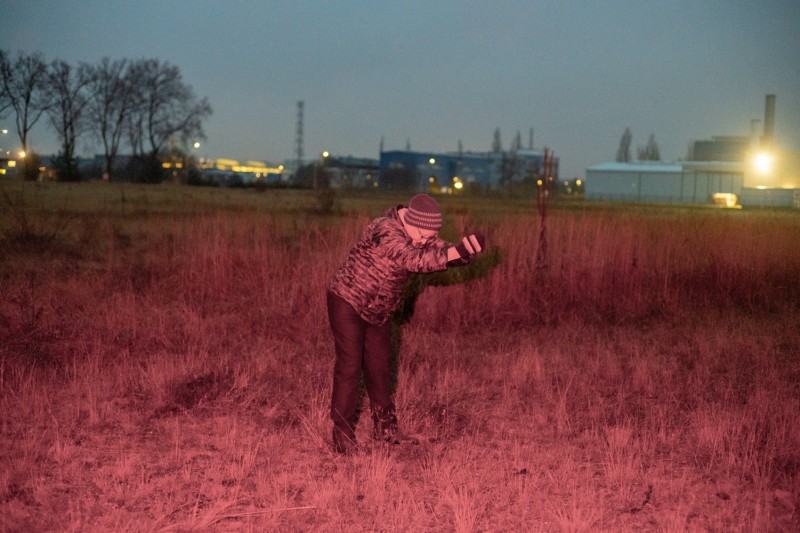
Tobias Zielony (born 1973), Darkroom, 2022, slide installation. © Tobias Zielony
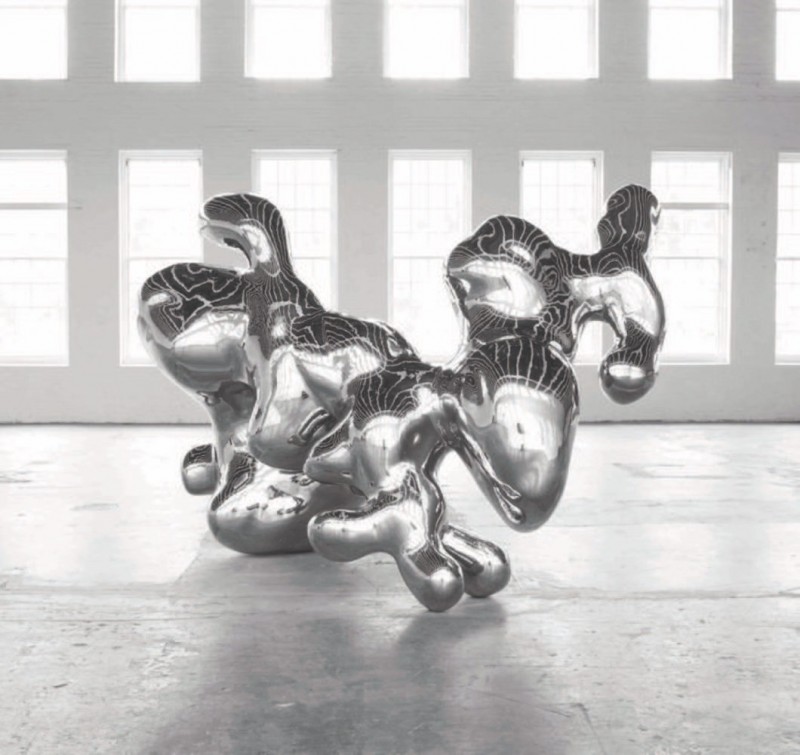
Simon Starling (born 1967), The Nanjing Particles, 2008, Forged stainless steel, 200 x 420 x 150 cm. Courtesy of the artist and Casey Kaplan, New York
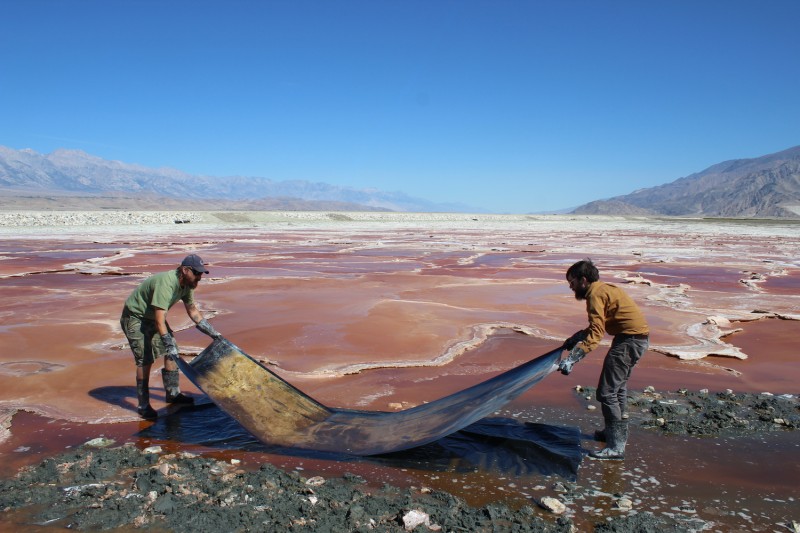
Optics Division of the Metabolic Studio (Lauren Bon, Tristan Duke, Richard Nielsen), Lake Bed Developing Process, 2013, © Optics Division of the Metabolic Studio